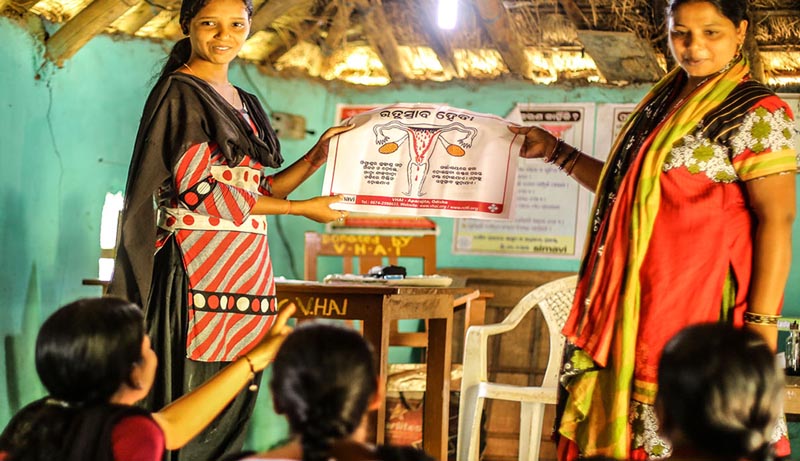A comprehensive approach to reduce the incidence of child marriages
The objectives of the programme was to address the issues of early child marriage; convince and support the community to take up marriage as per the prescribed legal age of above 18 years. The programme planned to empower out of school and school adolescents to take decisions, educate and improve the capacity of the frontline health workers, community workers, primary and secondary school teachers on the issue. Focus was given to create awareness and sensitization of parents of adolescent children, community gate keepers, other community influencers and local structures. Emphasis was provided to strengthen the local civil society organizations and motivate them to take up the issues of early marriages.
The programme also developed local community structures with the support of the existing structures to oversee the issues of early marriages. Child Marriage Protection Committee (CMPC) were formed in villages.
The program liaisoned with district health, education, and other relevant departments and stakeholders for desired outcomes. Advocacy initiatives was an integral component of strategy.
Voluntary Health Association of India (VHAI)- Aparajita implemented the UaCM project in 4 blocks of Ganjam District (Kholikote, Chhatrapur, Ganjam and Beguniapada) with support from Simavi, Netherland.
Duration was 2014-2015

